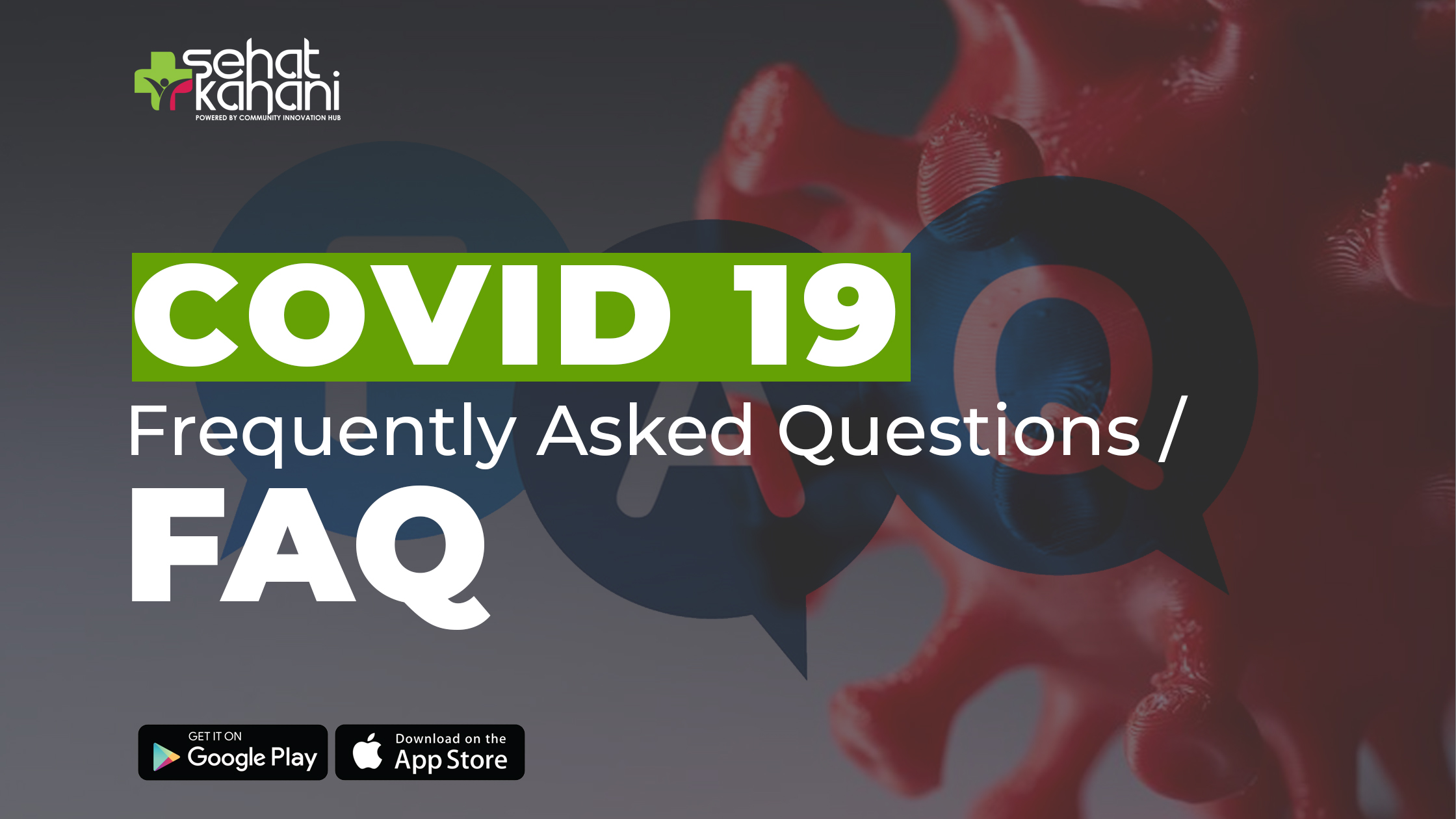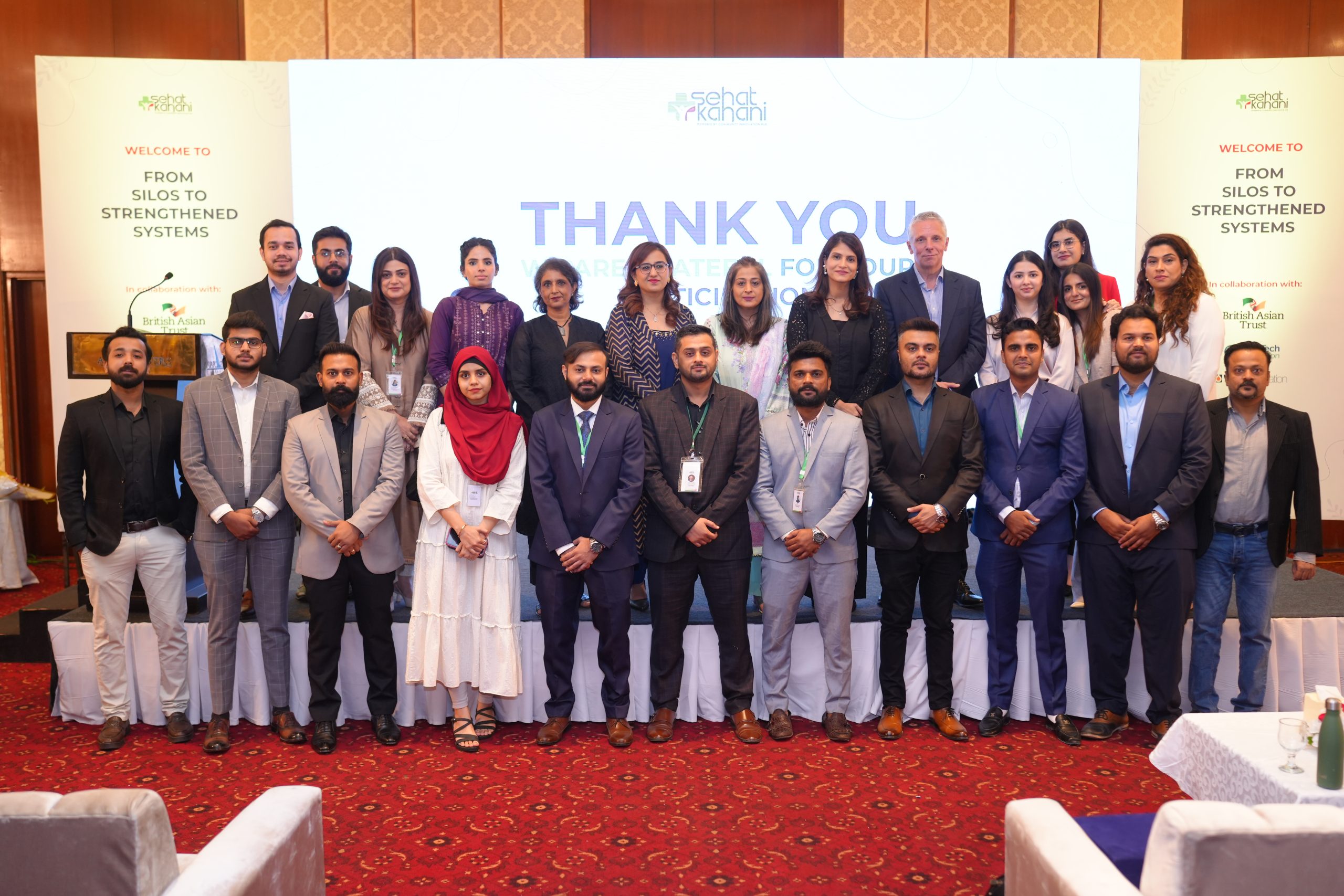
What is a pandemic?
A pandemic is an infectious disease outbreak that spreads on a global scale. Pandemics usually occur when a new infectious disease emerges that can spread rapidly around the world.
The World Health Organization (WHO) declared the outbreak of COVID-19 a pandemic on 11 March 2020. This COVID-19 pandemic is the first of its kind caused by a coronavirus. (WHO)
What does it mean that the WHO has declared a pandemic?
On 11 March 2020, WHO declared COVID-19 a pandemic. The WHO used this declaration to call for urgent and aggressive action. They noted that this is a pandemic that can be controlled. Both China and the Republic of Korea have significantly declining outbreaks.
On 30 January, the WHO declared that COVID-19 was a Public Health Emergency of International Concern. In the last two weeks, the number of cases of COVID-19 has increased substantially and the number of affected countries has tripled (WHO).
What is the COVID-19 virus?
COVID-19 is a new strain of coronavirus that has not been previously identified in humans. It was first identified in Wuhan, Hubei Province, China, where it has caused a large and ongoing outbreak. It has since then spread more widely in China. Cases have since been identified in several other countries. The COVID-19 virus is closely related to a bat coronavirus.
There is much more to learn about how COVID-19 is spread, its severity, and other features associated with the virus; epidemiological and clinical investigations are ongoing.
Outbreaks of new coronavirus infections among people are always a public health concern. The situation is evolving rapidly.
How is the virus spread?
Human coronaviruses are spread from someone infected with COVID-19 virus to other close contacts with that person through contaminated droplets spread by coughing or sneezing, or by contact with contaminated hands, surfaces or objects.
The time between when a person is exposed to the virus and when symptoms first appear is typically 5 to 6 days, although may range from 2 to 14 days. For this reason, people who might have been in contact with a confirmed case are being asked to self-isolate for 14 days.
Most COVID-19 cases usually appear to be spread from people who have symptoms. But people may be infectious before their symptoms developed.
How long does COVID-19 last on surfaces?
According to the World Health Organization, it is not certain how long the virus that causes COVID-19 survives on surfaces, but it seems to behave like other coronaviruses. Studies suggest that coronaviruses (including preliminary information on the COVID-19 virus) may persist on surfaces for a few hours or up to several days. This may vary under different conditions (e.g. type of surface, temperature or humidity of the environment).
If you think a surface may be infected, clean it with a common household disinfectant to kill the virus and protect yourself and others. Clean your hands with an alcohol-based hand rub or wash them with soap and water. Avoid touching your eyes, mouth, or nose.
What are the symptoms?
Patients may have fever, cough,bodyache , shortness of breath and other symptoms. The more unusual symptoms include headache, lack of appetite, diarrhea or vomiting, etc.
In more severe cases, infection can cause pneumonia with severe acute respiratory distress.
Its important to remember that the symptoms may vary between individuals and may even be different from those suggested here. Therefore, in case of any discomfort, kindly contact your nearest hospital, maintain hygiene and practice social isolation.
What is the difference between COVID-19 and the flu?
The first symptoms of COVID-19 and influenza (flu) infections are often very similar. They both cause fever and similar respiratory symptoms, which can then range from mild through to severe disease, and sometimes can be fatal.
Both viruses are also transmitted in the same way, by coughing or sneezing, or by contact with hands, surfaces or objects contaminated with the virus. As a result, the same public health measures, such as hand hygiene (hand washing), good respiratory etiquette (coughing into your elbow or into a tissue and immediately disposing of the tissue) and good household cleaning are important actions to prevent both infections.
The speed of transmission is an important difference between the two viruses. Influenza typically has a shorter incubation period (the time from infection to appearance of symptoms) than COVID-19. This means that influenza can spread faster than COVID-19.
While the range of symptoms for the two viruses is similar, the fraction with severe disease appears to be higher for COVID-19. While most people have mild symptoms, approximately 15% of people have severe infections and 5% require intensive care in a hospital ICU. The proportions of severe and critical COVID-19 infections are higher than for influenza infections.
What is telemedicine and how it works?
Telemedicine is the use of technology that enables remote healthcare (telehealth). Basically it makes it possible for physicians to treat patients whenever needed and wherever the patient is, by using a computer or smartphone.
Here are a few of the situations in which telemedicine can be a great alternative to the traditional health care system:
-Diagnosis of common medical problems such as headache, sore throat, back pain, digestive troubles
-Inquiries about various medical issues for home treatments
-Post-treatment checkins or follow up for chronic care
-Faster refill of short-term medical prescriptions
-Holidays, weekends, late night or any other situation when regular medical care is not possible
-Patient inability to leave the house due to sickness or bad weather conditions
So, how does telemedicine work and how does it relate to telehealth? Making use of telemedicine services is very easy. Traditionally, the service uses an online account or a toll-free phone number. Patients request a visit, submitting basic information on their condition, and then the physician either accepts or declines the visit, or schedules it for the future. Telemedicine is a wonderful technology, but may not be suitable for every practice or every situation. Before making use of it, assess your patient’s needs and make sure it’s an appropriate time to use the technology
How is COVID-19 diagnosed?
Infection with COVID-19 is diagnosed by finding evidence of the virus in respiratory samples such as swabs from the back of the nose and throat or fluid from the lungs. Samples for testing can be taken directly by GPs or at a range of private pathology sites across the state that are suitable for collection of COVID-19, or at public hospitals
What should I do if I come into contact with a person with COVID-19?
If you have been identified as a contact of a person with confirmed COVID-19 infection in Pakistan, you need to make a call to Corona Virus Control Room at 021-99204452 or 021-99206565 or 0316-0111712. A team of Health Department shall attend you at your doorstep for screening COVID-19. You need to isolate yourself at home for 14 days after contact with the infected person, and to monitor your health and report any symptoms.
Person-to-person spread of coronaviruses generally occurs between people who are close contacts with one another. A close contact is typically someone who has been face to face for at least 15 minutes, or been in the same closed space for at least 2 hours, with a person that was infectious. The public health unit will keep in touch with people who are close contacts of patients with COVID-19 infection. If any symptoms develop, contacts must rush to the nearest COVID-19 response center.
Practice simple hygiene by:
- making sure to clean your hands thoroughly for at least 20 seconds with soap and water, or use an alcohol-based hand rub
- cover your nose and mouth when coughing and sneezing with tissue or a flexed elbow.
What should I do if I come into contact with a person who has been identified as a contact?
If you have been in contact with a person identified as a close contact of another person with confirmed COVID-19 infection, you do not need to self-isolate (although the close contact does) and don’t need take any other special precautions.
If a close contact develops symptoms and is confirmed as a COVID-19 case, public health authorities will determine who, if anyone, has been in close contact with them while they were infectious, and these people will be directed to self-isolate.
Who is most at risk?
The people most at risk of getting COVID-19 coronavirus infections are those who have:
- recently returned from overseas, particularly from mainland China, Iran, Italy or Korea
- been in close contact with someone who has been diagnosed with COVID-19.
There is also evidence of limited spread of COVID-19 in the community in Pakistan.
Based on what we know so far about COVID-19 and what we know about other coronaviruses, those at greatest risk of serious infection are:
- people aged 65 years and over
- Aboriginal people (as they have higher rates of chronic illness)
- people with chronic medical conditions, such as lung disease, heart disease, kidney disease, neurological conditions and diabetes
- people with impaired immune systems (such as people who have cancer or HIV, or who take high dose corticosteroids).
How is it prevented?
Some simple measures significantly reduce the risk of catching COVID-19 and of spreading it:
- Clean your hands with soap and water for 20 seconds, or use an alcohol-based hand rub/sanitiser every time you return from home especially.
- Cover your nose and mouth with a tissue when coughing and sneezing or use your elbow, not your hands.
- Avoid close contact with people unwell with cold or flu-like symptoms, and stay home if you have these symptoms.
- Avoid touching your face and avoid shaking hands with others.
- Try to maintain a distance of 1.5 metres from others as much as possible, and avoid crowded places.
- If you must go outdoors, wear gloves and surgical or N95 masks, use your elbow or wrist to open/close doors and try returning home as soon as possible.
Is there a cure or vaccine?
There are no vaccines that protect against COVID-19.
There is no specific treatment for COVID-19. Early diagnosis and general supportive care are important. Most of the time, symptoms will resolve on their own. People who have serious disease with complications can be cared for in hospital.
Protecting against COVID-19
How can I protect myself / my family?
The best way to protect yourself is the same as you would against any respiratory infection. Practice good hygiene by:
- making sure to clean your hands thoroughly for at least 20 seconds with soap and water, or an alcohol-based hand rub
- cover your nose and mouth when coughing and sneezing with tissue or a flexed elbow
- avoid close contact with anyone with cold or flu-like symptoms.
- Supplements and foods rich in Vitamin C and Zinc help boost immunity and speed recovery.
Make sure you stay home if you are sick.
Do face masks protect against COVID-19? Which face masks?
Face masks are not recommended for the general population.
People who have symptoms and might be infected with COVID-19 are required to stay in isolation at home and should wear a surgical face mask when in the same room as another person and when seeking medical advice to reduce the risk of transmitting COVID-19 to anyone else.
How is hospital equipment and furniture being cleaned to protect against COVID-19?
Hospitals ensure surfaces are cleaned and disinfected after each suspected case, as are ambulances. There is an Infection Prevention and Control Practice Handbook that outlines the appropriate steps for cleaning a room to ensure there are no viruses remaining. Staff also wear protective gear when cleaning to protect themselves and limit any spread of infection.
How do we know the people who have had COVID-19 are no longer infectious?
People with confirmed COVID-19 infection stay in isolation under the care of medical specialists until they are no longer experiencing symptoms of COVID-19 infection. Before they are released from isolation, they have tests to see if they still have COVID-19 and the specialist care team assesses they are no longer infectious. Once they are discharged they have a follow up assessment by the medical team to make sure they remain well.
Can my child attend school?
Any student or staff member who over the last 14 days has been overseas should be in self-isolation for 14 days after they returned. They are excluded from school and should not return to school or child care services for a period of 14 days after arriving, as the COVID-19 incubation period can be as long as two weeks.
Staff and students who have been identified as close contacts of a person diagnosed with COVID-19 during their infectious period must also self-isolate at home, and should not attend school or childcare settings until 14 days after their last contact with the infected person.
Can my child visit aged care facilities?
As children can spread a range of respiratory infections, such as influenza and RSV, with only mild symptoms, we recommend that aged care facilities do not have groups of children attend the facilities as we grapple with an early influenza season and potentially increasing spread of COVID-19.
Anyone who is sick, including children and even with minimal symptoms, should defer their visit until they are well.
Do I need a medical certificate clearing me for work, school, university or other settings?
No. If you do not have any symptoms there is no testing that can be done to predict whether or not you will become unwell. It is not possible to issue a ‘medical clearance certificate’.
Once 14 days have passed since you returned from overseas, you have passed the time in which you would become sick if you were exposed to COVID-19. If you are still completely well 14 days after you arrived then you will not get COVID-19 from your time overseas, and you can cease self-isolation and return to work, school and university.
Do I need to isolate myself if I have returned from holiday?
If you have been overseas in the last 14 days (including transit), you should stay at home and isolate yourself for 14 days after you returned. You should watch out for symptoms.
It is important if you have symptoms you should not go to work, school/university/childcare, the gym, or public areas, and you should not use public transport, taxis, or ride-sharing services. If you need to seek medical care wear a surgical mask if available when attending.
If I am worried about having COVID-19, can I ask to get tested?
If you develop fever, cough, runny nose, shortness of breath and other symptoms and have travelled overseas in the 14 days before developing symptoms, you should see your GP or visit your local Emergency Department to be tested for COVID-19. If you are visiting your GP, please call ahead before seeing your doctor and tell them where you have travelled.
My work is saying that I need to get tested for COVID-19 as I have travelled recently – what should I do?
There is no need for you to be tested unless you develop fever, cough, runny nose, and shortness of breath or other symptoms and have travelled overseas in the 14 days before developing symptoms. You should see your GP or visit your local Emergency Department to be tested for COVID-19. If you are visiting your GP, please call ahead beforehand and tell them where you have travelled. You should self-isolate and exclude yourself from work until your test result is available.
If you become unwell with these symptoms without travel you should see your local GP and discuss your symptoms. There are other illnesses such as influenza that your GP may wish to test you for that can cause your symptoms.
Home isolation
Do I need to be separate from other people in my home if I am isolating?
Yes. If you are sharing your home with others, you should stay in a different room from other people or be separated as much as possible. Wear a surgical mask when you are in the same room as another person, and when seeking medical care. Use a separate bathroom, if available.
Make sure that you do not share a room with people who are at risk of severe disease, such as elderly people and those who have heart, lung or kidney conditions, and diabetes.
Visitors who do not have an essential need to be in the home should not visit while you are isolating.
Someone in my household recently returned from overseas or has been in contact with a confirmed COVID-19 case and is self-isolating. Do I need to self-isolate too?
Other members of the household are not required to be isolated unless they have also:
- been overseas in the last 14 days
- been a close contact of a confirmed COVID-19 case.
Make sure you maintain a safe distance from that person at all times but support them as much as possible to maintain their self-isolation.
How can I access groceries and medicines while in home isolation?
If you need groceries or medicines (including prescription medicines), ask a family member or friend (who is not in isolation) to deliver them to your home or shop for groceries online. To prevent infecting other people, make sure you wear a mask when receiving a delivery or have the groceries left at your door.
When someone has finished 14 days isolation, do they need to see their GP?
If you are well at the end of 14 days self-isolation, you can resume your normal lifestyle.
Social distancing
What is social distancing?
Social distancing means we reduce the number of close physical and social contacts we have with one another.
When social distancing actions are combined with good personal hygiene measures the spread of a pandemic through the community can be slowed. This helps protect the most vulnerable members of the community and reduces the impact of the pandemic on essential, life-saving health services.
Social distancing is an effective measure, but it is recognised that it cannot be practised in all situations and the aim is to generally reduce potential for transmission.
While practising social distancing, people can travel to work (including public transport). For non-essential activities outside the workplace or attendance at schools, universities and childcare – social distancing includes:
- avoiding crowds and mass gatherings where it is difficult to keep the appropriate distance away from others
- avoiding small gatherings in enclosed spaces, for example family celebrations
- attempting to keep a distance of 1.5 metres between themselves and other people where possible, for example when they are out and about in a public place.
- avoiding shaking hands, hugging, or kissing other people.
- avoiding visiting vulnerable people, such as those in aged care facilities or hospitals, infants, or people with compromised immune systems due to illness or medical treatment.
Who should practice social distancing?
Everyone should practice social distancing, as it reduces the potential for transmission.
Is it safe to go to the gym?
Keeping fit remains important. If you are well and have not been asked to self-isolate then you can go to the gym. Don’t go to the gym if you are unwell.
Try to go to the gym when it’s less crowded. When at the gym, you should use wipes provided before you use each piece of equipment. Gym classes are currently OK, but this advice may change.
Gyms should ensure that they are cleaning regularly, using appropriate disinfectant.
Pets and animals
Can pets be infected with COVID-19?
While COVID-19 seems to have emerged from an animal source, it is now mainly spreading from person-to-person. There is no reason to think that any animals including pets might be a source of infection with this new virus. There have been no reports of pets or other animals becoming sick with COVID-19.
There is also no evidence that companion animals including pets can spread COVID-19. However, since animals can spread other diseases to people, it’s always a good idea to wash your hands after being around animals.




